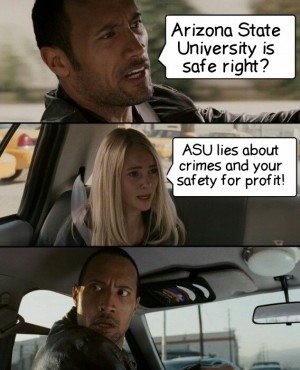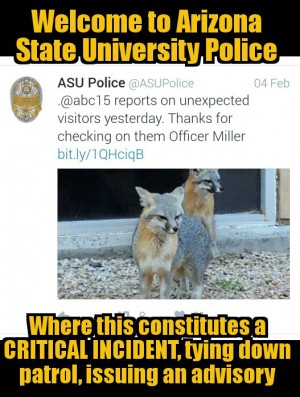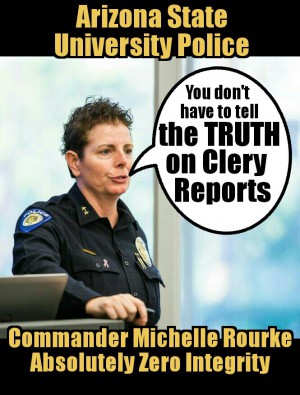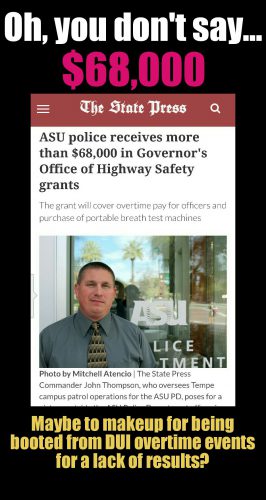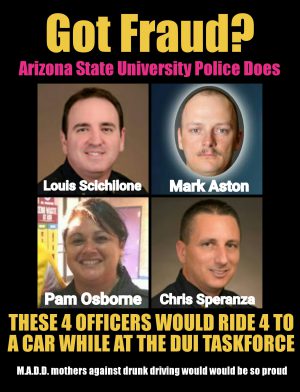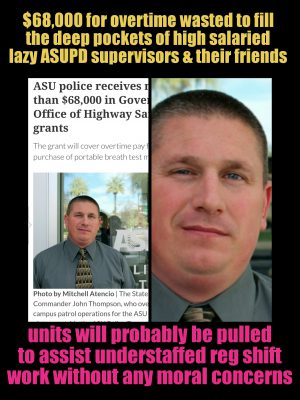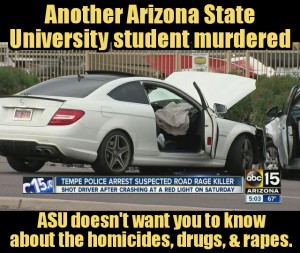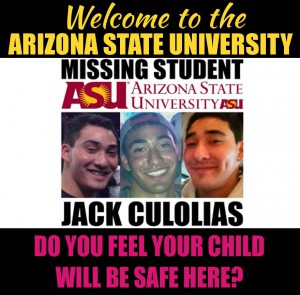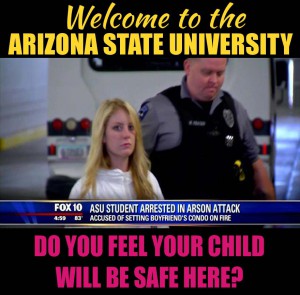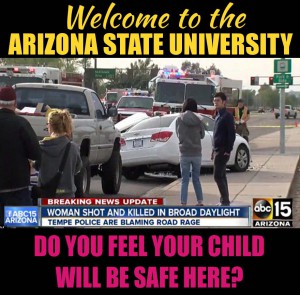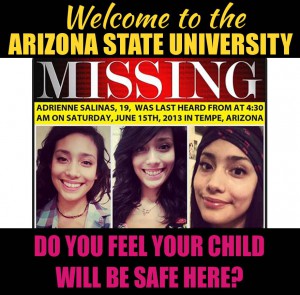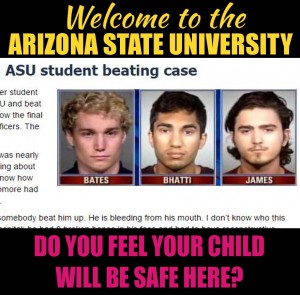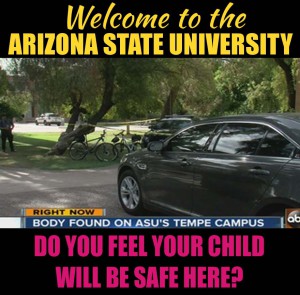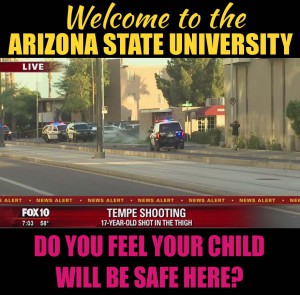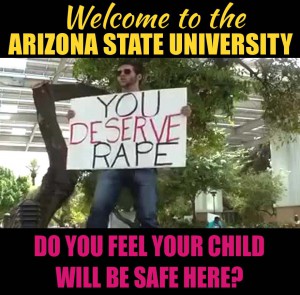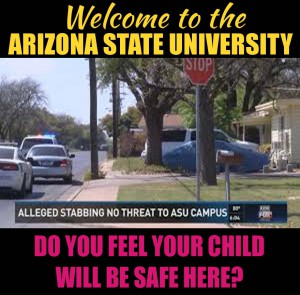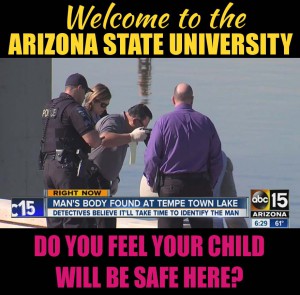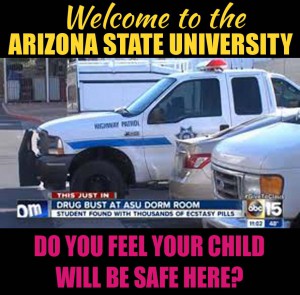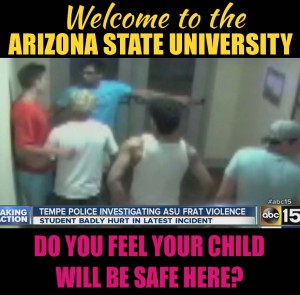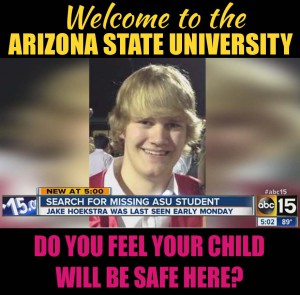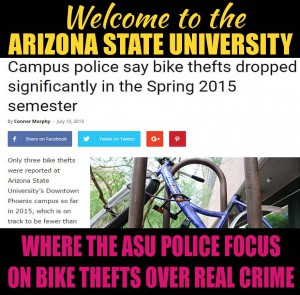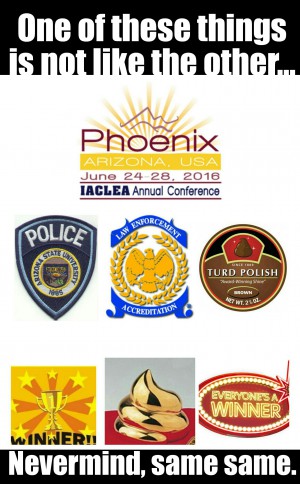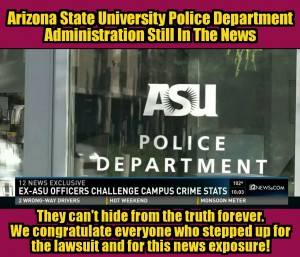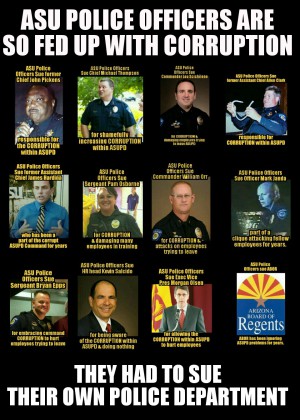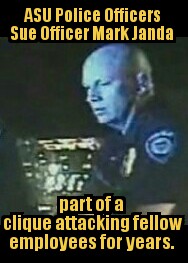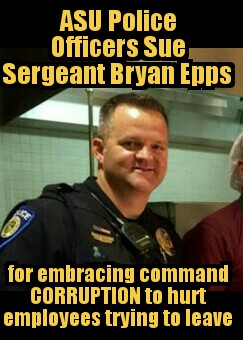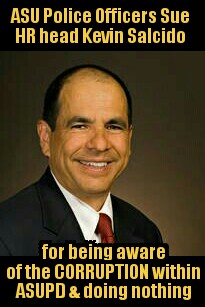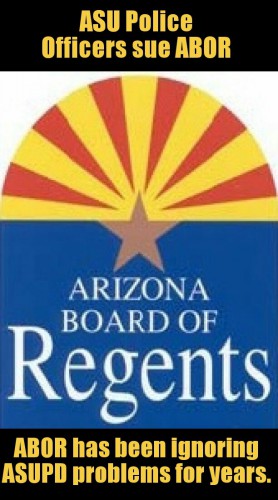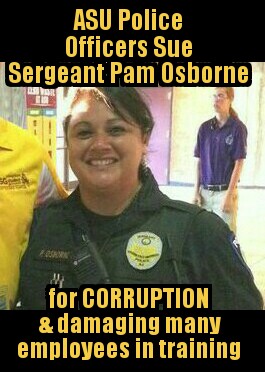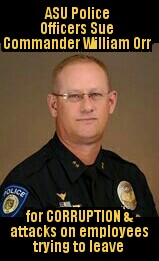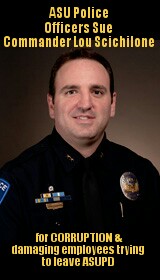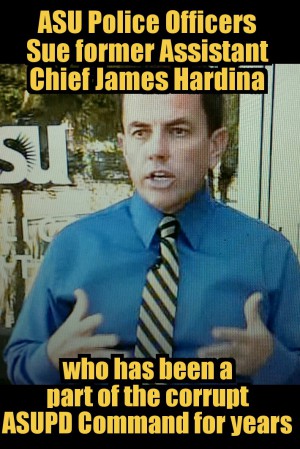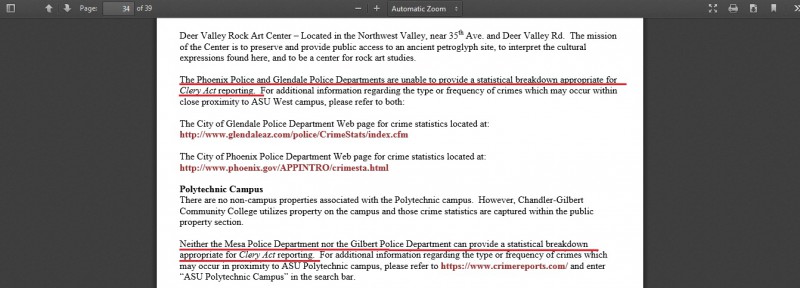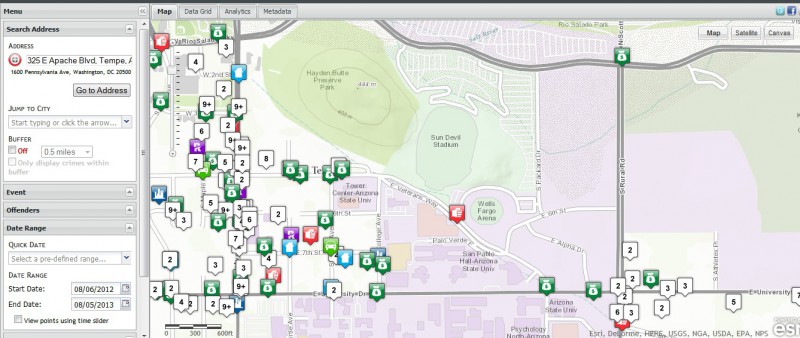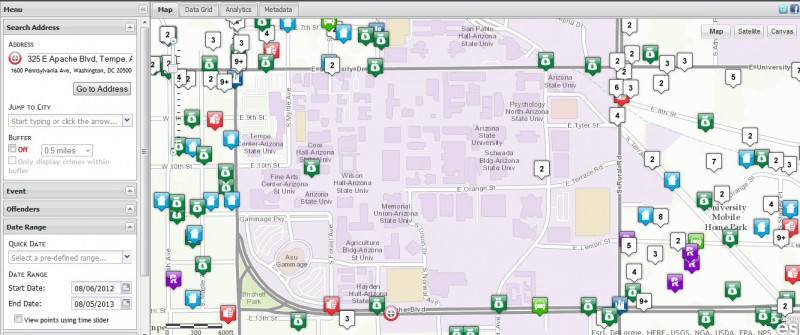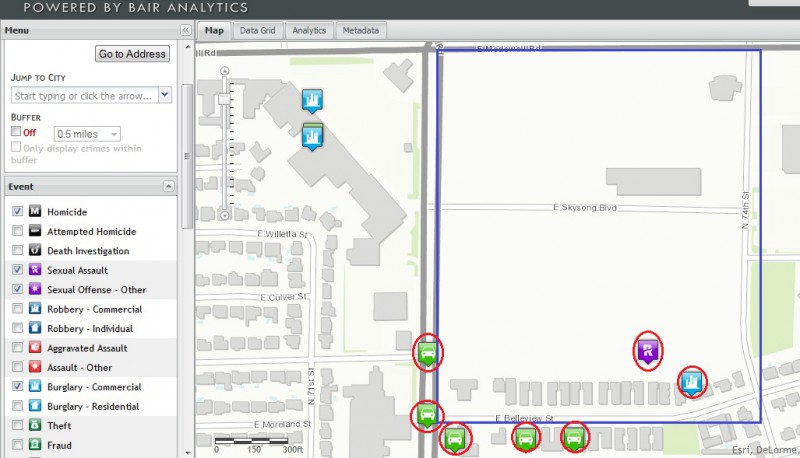The Arizona Republic once again produced a story looking into the crime reporting being done at the Arizona State University through CLERY, but there is a problem.
The problem with this is that outsiders can only see finished numbers, not what goes into making a flawed product in the final CLERY report.
Here are a few things not considered when investigating ASU for CLERY reporting.
-
How many reported rapes, drug crimes, robberies, burglaries, assaults etc are RECLASSIFIED AS OTHER CRIMES in order to keep them from going in the CLERY report? MANY HAVE.
-
How many crimes are reported to ASU Residential Life in ASU Student Housing and ARE NEVER REPORTED to the ASU Police Department?
-
Of the crimes that are reported to the ASU Police Department, how many of these CRIMES are sat upon and NOT FORWARDED TO THE Maricopa County Attorney to be evaluated for prosecution?
-
Of the crimes that are reported to the ASU Police Department, how many of these CRIMES are MISMANAGED BY ASU POLICE DETECTIVES DUE TO AN ACUTE LACK OF EXPERIENCE AND TRAINING and are then NOT FORWARDED TO THE Maricopa County Attorney to be evaluated for prosecution or are dismissed for the lack of followup and accompanying evidence.
-
When you look at Universities much smaller than ASU, how do they have the same or higher crime statistics? When you look at the crime averages across the United States, it’s impossible for the ASU Stats to be accurate. The Arizona State University Police Department staff compiling the CLERY stats have been lying for many years to the public and Federal government. With the continual exposure of this issue there is complicity all the way up to ASU President Michael Crow, ASU Board of Regents.
Be sure to check out: https://sundevilsagainstsexualassault.wordpress.com/
Institutions are required to report on crimes such as:
- Murder (including nonnegligent and negligent manslaughter)
- Sex offenses (forcible/nonforcible, domestic violence, dating violence, and stalking)
- Robbery
- Aggravated assault
- Burglary
- Motor vehicle theft
- Arson
- Arrest
Institutions are required to report on persons referred for campus disciplinary action for:
- Liquor law violations
- Drug-related violations
- Weapons possession
Institutions are required to report on crimes or bodily harm related to/caused by:
Here is the latest Arizona Republic article on crime reporting at the Arizona State University:
Arizona State University and the University of Arizona published their annual campus-crime statistics Friday, a federally mandated report that provides insight about crimes that occur within campus boundaries.
Clery statistics include crimes against anyone on campus, not just students, but they exclude virtually all crimes that occur off campus. Most students at Arizona’s three public universities live off campus.
At ASU there were 14 reports of rape in 2015, up from 7 in 2014, and two reports of domestic violence, compared with one in 2014. At UA there were 18 reports of rape in 2015, down from 28 reports of rape in 2014, and 19 reports of domestic violence in 2015, compared with 18 in 2014.
Trends at the two universities
The Clery Act requires colleges and universities that get federal funding to publish an annual security report including their crime and fire statistics and their safety and security policies. For context, the reports cover a three-year period.
UA had fewer liquor-law incidents but more drug-law incidents than in 2013 or 2014. It was almost the same at ASU, which in 2015 had the most drug arrests at 325 and fewest alcohol arrests at 314 in its three-year period.
In 2015 both universities had their first hate crime reported in the past three years, all classified as “intimidation incidents.” The two at ASU involved racial bias, and the one at UA involved sexual-orientation bias, according to the schools’ reports.
Sexual-assault reports have been on the rise across Tempe, according to Tempe police stats analyzed earlier this year. The department attributed the increase to a larger national awareness of college sexual assaults.
ASU: More sexual-assault reports reflect positive change
“As ASU has fought to prevent sexual violence and harassment, the university has worked to create an environment in which people feel empowered to seek help,” ASU said in a statement.
“Researchers and advocates emphasize that, as colleges and universities do more to encourage reporting, the number of reports will rise as awareness and trust grow.”
ASU cited a recent survey from the American College Health Association survey which showed that 60.9 percent of ASU students reported they had ever received information from their university about sexual assault and relationship violence, up from 50.1 percent two years ago.
“Those steps mark substantial progress, but we are determined to do more. We find in this year’s crime data ample reason to increase our already aggressive education and awareness efforts, both in terms of mandatory training and support for peer-to-peer advocacy. Our goal is nothing short of a campus where all members of the ASU community feel safe and respected.”
Failings of the Clery Act
In April, The Arizona Republic investigated off-campus crimes near ASU’s Tempe campus and found the number of reported rapes, robberies, aggravated assaults and burglaries would increase dramatically if off-campus crimes were added to Clery stats.
For instance, if the area near the ASU campus in Tempe were included in the school’s crime report:
- The number of reported rapes/sexual assaults would more than quadruple.
- Robberies would increase 15-fold.
- Aggravated assaults would jump more than 20 times.
Experts who have studied the Clery Act say that’s a huge shortcoming of the law: The statistics include some crimes but exclude others based on where the crime occurs.
“It’s the only number that we have, but it is not highly reliable,” said Steven Janosik, an associate professor of higher education at Virginia Tech who has conducted at least eight studies of the Clery Act since 2003.
Parents don’t draw the distinction between on-campus and off-campus crime if their child is the victim, experts said.
Here was a good article on understanding CLERY.
ASU POLICE will send you dumb ass advisories like this, while they cannot staff the police department 10 years running without sending out requests for officers to work overtime to cover shift shortages. (AS LOW AS 1, 2, 3 officers on patrol at any campus, some none at all.) ASU will send you advisories like this, while not telling you about DEAD BODIES, ARMED ROBBERIES, RAPES, BURGLARIES…BUT YOU WILL HEAR ABOUT STRAY FOXES AND BEE HIVES that pose a threat to nobody by a person who might have a bee allergy.

